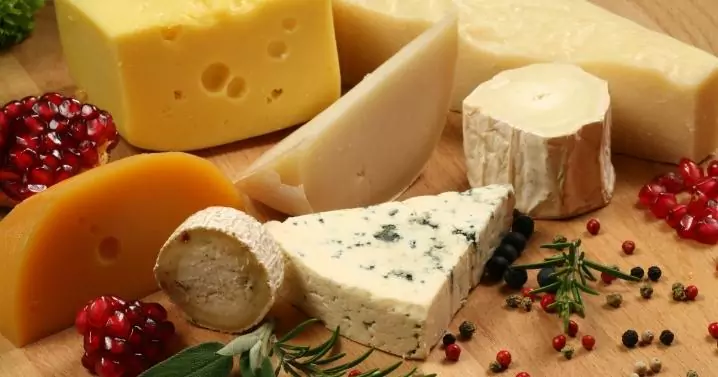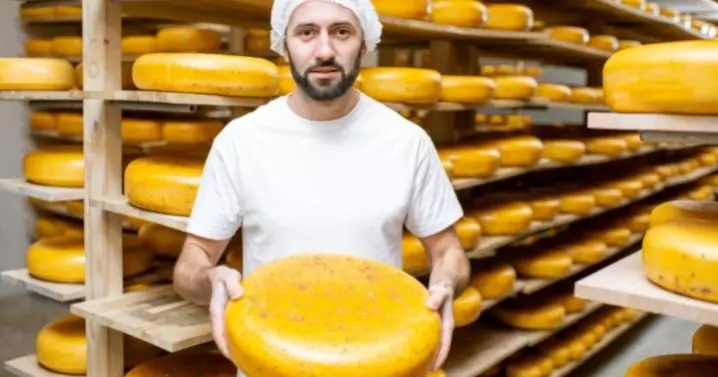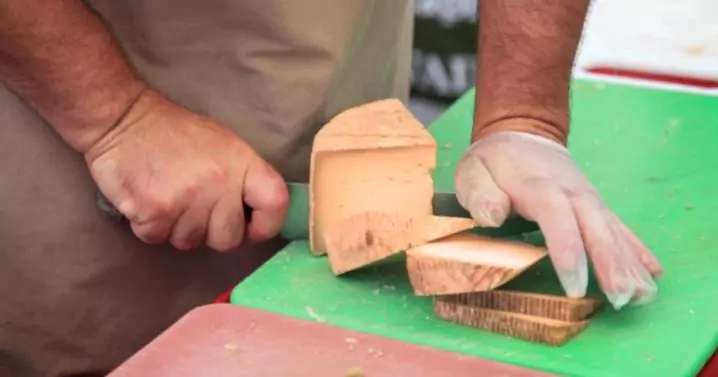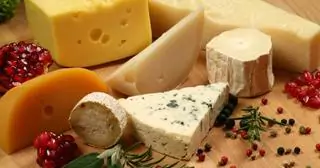
Their prices have risen by 6% on average in one year, but with a little trick, we can continue to eat them. Here are those of an artisan cheesemaker from Annecy, Pierre Gay, the best worker in France.
A French gastronomic heritage, cheese reflects the region, rich in flavor and history. In France, there are more than 1 200 varieties. Although supermarkets offer both industrial cheeses and better quality cut cheeses, the fact remains that today the prices in the cut section are very close to those of the artisan cheese maker, refining and advice less!
Indeed, supermarkets are not obliged to employ a qualified cheesemaker and therefore offer products that are certainly of high quality but purchased in large quantities by central purchasing bodies without adding the work of the cheesemaker-affineur.
A good cheese platter without spending more

So let’s take the decision to go to our artisan cheesemaker and let ourselves be guided according to our tastes and our budget. On average, you need 200 to 250 g of cheese for a 100% cheese meal, and 50 g per person for an end-of meal.
For less than 10 dollars, we opt for the ultimate, a Camembert from Normandy made with raw milk (PDO) whose price is around 6 dollars for 250 g, or even in season (September to February) a Mont d’Or 500 g, 10 dollars to 12 dollars each. You can even with only 3 or 4 dollars be tempted by a non-AOP farmer’s camembert.
For around fifteen dollars, you can vary the pleasures by composing a nice cheese platter. We are moving towards those whose prices do not exceed 25 to 30 dollars per kg by choosing three pieces of 80 to 100 g each: blue cheese, gruyère, and goat cheese or even Saint-Marcellin, Tomme, and comté. The advantage of diversity is to please the whole table and to have enough for 2 or 3 meals. “Often clients are looking to invest for the week without putting a dent in their wallet.
I then advise them to 1 Camembert, not necessarily AOP, ½ Reblochon (250 g), and 1 piece of Comté 24 months of 300 g, be careful, the more the Comté is refined, the more its price increases. We are then on a selection of around twenty dollars, for 4 to 5 meals and 4 people, “says Pierre Gay, best worker in France (MOF) cheesemaker in Annecy. For the Roqueforts, sheep’s milk cheeses, the prices are very variable and exceed 30€/kg.
If you like blue cheeses, it’s easy to indulge yourself with a cow’s milk Bleu d’Auvergne whose price per kg is around 20 dollars.
Pay attention to how to store them.

The important thing is then to keep each piece well to let the cheese “breathe”. No airtight box, let alone a plastic bag, because humidity and condensation make the cheeses rubbery, so you have to respect the cheesemonger’s packaging and above all don’t mix them, you don’t wrap the camembert in the paper of the goat!
For bruises that oxidize in the air, the advice is all the more true. To preserve their organoleptic qualities, they are also consumed more quickly. When buying food, especially cheese, it is very important to eat it fresh but also to learn how to give it a second life. This contributes to a responsible economy.
For example, a blue cheese that has dried out a little will do wonders in an endive salad with walnuts and apples. A dry Comté will make an excellent raw grated cheese. An old piece of camembert will find its greediness roasted and seasoned with Provencal herbs or with a touch of honey to soften the bitterness of its crust. It can also be served with apple jelly or plum jam, says the MOF.
With cheese, the anti-waste kitchen becomes child’s play!
If the cooking of cheeses is possible in the kitchen of leftovers, it is necessary to know how to appreciate the fresh cheese, except the raclette whose aromatic develops once melted. “Cheese has no interest in cooking unless you want to give it a second lease on life”, insists Pierre Gay. So Mont d’Or and Reblochon were sold some fifteen years ago as cheeses to cook when you have to know how to appreciate them fresh!
The art of cutting

To respect the guests and the cheeses, we adopt a few simple techniques for cutting them. A tray has in principle an odd number of cheeses and comes with two knives, one for soft cheeses, and one for stronger cheeses.
Then, there is no question of starting a Comté from the tip and leaving the crust to the last served. It is necessary to find, by cutting, the balance between the dough and the heel.
A few rules that are easy to implement: round cheeses are cut like a cake, Emmentaler is cut into slices, and blue-veined cheeses – like Roquefort – are fanned out to get the heart and the firmer part of the perimeter.
As for the slices of wheel cheese such as Comté, Tomme, Beaufort, or Abondance, we start with the tip up to two-thirds of the slice then we finish perpendicular to the crust so that everyone has their share of the crust.
We forget the straight square cut called the grocer’s cut for square specialties such as Maroilles or Pont-l’Évêque which must be sliced diagonally and then into triangles.
Goat pyramids or Charolais, one of the largest goat cheeses, are cut into vertical slices. As for the Sainte-Maure-de-Touraine, it slices like a sausage after removing the central straw to prevent it from crushing if it is soft.
Finally, for the fresh Mont d’Or, very creamy, we will use two spoons, one to serve, the other to push the quenelle of cheese onto the plate, keeping the crust if it is not too much. thick and scraping down the sides and all the way to the bottom of the can.
With or without crust?

“The important thing is to have fun! My advice, however, for all cheeses with a short aging period, that is to say, which have been little handled and which have remained little in the cellar, such as camembert, reblochon, and goats, is to eat the rind because it contributes to the taste of the cheese.
For all cheeses that matured over several months or even several years, which have a marked rind – Vieux Comté, Vieux Salers – it is better to remove the rind, not for bacteriological problems but because it brings bitterness and a sandy texture. disagreeable”, points out Pierre Gay.
In summary, soft cheeses with a bloomy rind (Camembert, Brie, Saint-Marcellin), washed rind (Munster, Langres, Époisses, etc.), blue-veined cheeses (Fourme d’Ambert, Bleu d’Auvergne, Bleu de Termignon, Roquefort…) and goats, we eat the crust!
Butter or no butter?

Last existential question: butter or no butter? Depending on its taste and the region, butter is an integral part or not of the cheese platter. In Savoie, for example, cheese is appreciated without butter, butter brings back fat on fat but it can also soften a Roquefort. Sheep’s and cow’s milk then become complementary. Whatever your choice, with or without bread, you can “comté” on your artisan cheesemaker to enjoy yourself without breaking the bank!
